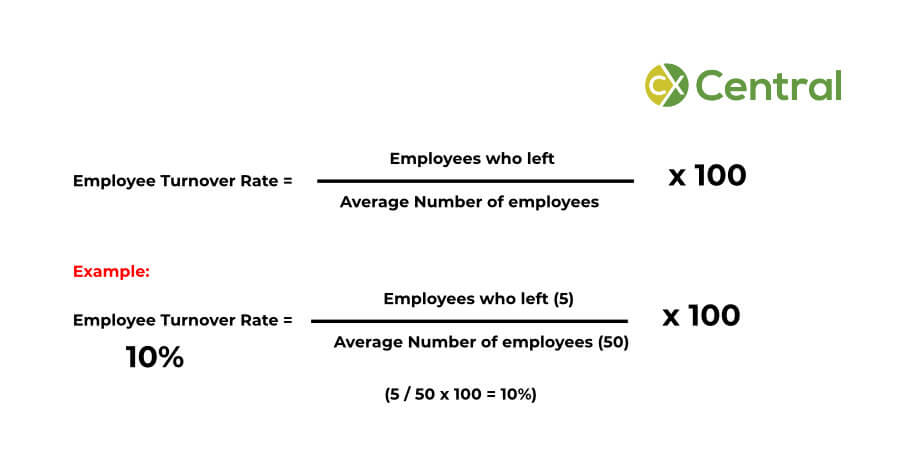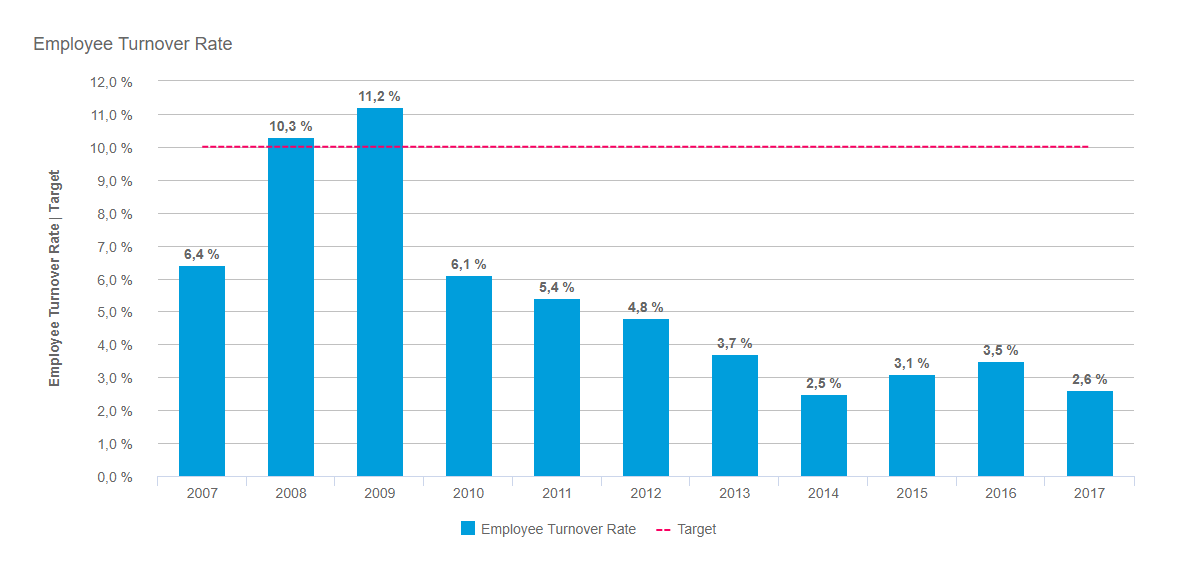

I also disabled auto datetime on the file since we don't need it with a date table. I have also attached my updated sample file for you to look the sample file I noticed that the date table was not marked as a date table which can mess with time intelligence functions. VAR averageEmployeesRolling12months = ( + ) / 2 I also disabled auto datetime on the file since we don't need it with a date table.Īlso the original employee count was only looking at the last day of the month so employees that left in a month were not counted in that month which I think is incorrect.Įmployees = _Start || ISBLANK ( Employees ) )Įmployees >= _Start & Employees <= _End Thanks in advance for your the sample file I noticed that the date table was not marked as a date table which can mess with time intelligence functions. It's exactly similar to what I'm facing right now with my data. I have used Power BI file from Finance BI (link to the file here) Is it something wrong with these 2 measures? Result I'm getting is as below: The highlighted is what I couldn't explain why it's computed. VAR averageEmployeesRolling12months = (+)/2 IF(>=selectedDate12MonthsBefore & <=selectedDate, 1, 0) VAR selectedDate12MonthsBefore = NEXTDAY(SAMEPERIODLASTYEAR(selectedDate)) RETURN IF(employeeStartDate=selectedDate, employeeEndDate=BLANK() ),1,0)įor Number of employees who left in the past 12 months: VAR selectedDate = NEXTDAY(SAMEPERIODLASTYEAR(LASTDATE('Date'))) Because of the many variables affecting turnover, benchmarks for acceptable or ideal turnover vary.RETURN IF ( employeeStartDate = selectedDate, employeeEndDate = BLANK () ), 1, 0 )įor Count of Employees at the start of the period (12 months before): Understanding the causes of employee turnover can help businesses make the necessary changes to maintain their workforce at the desired level.

Voluntary turnover is any instance in which an employee actively chooses to leave.
#Calculate employee turnover free#
Get a Free Price Quote Voluntary Turnover vs Involuntary Turnover Incorporating these kinds of temporary shifts in workforce numbers will skew your turnover rate higher than it really is. The equation would read as follows: (26/140)*100 = 18.57ĭo not include temporary hires or employees who go on temporary leave in either factor of the equation. Multiply that number by 100 to calculate the employee turnover rate.įor example, if you have an average of 140 employees working during a month’s time and 26 employees leave, your turnover rate would be around 18.6 percent. How Do You Calculate Employee Turnover?ĭivide the sum total of the number of employees that leave within a specific period of time (month, quarter, year, etc.) by the average number of employees that work within the selected time frame. While an organization usually measures the total number of employees who leave, turnover can also apply to subcategories within an organization like individual departments or demographic groups. Now use the amount of leavers in a month, divide that by your average number of employees over a month, multiply it by 100 and there you have your turnover. Employee Turnover What Is Employee Turnover?Įmployee turnover, or employee turnover rate, is the measurement of the number of employees who leave an organization during a specified time period, typically one year.


 0 kommentar(er)
0 kommentar(er)
